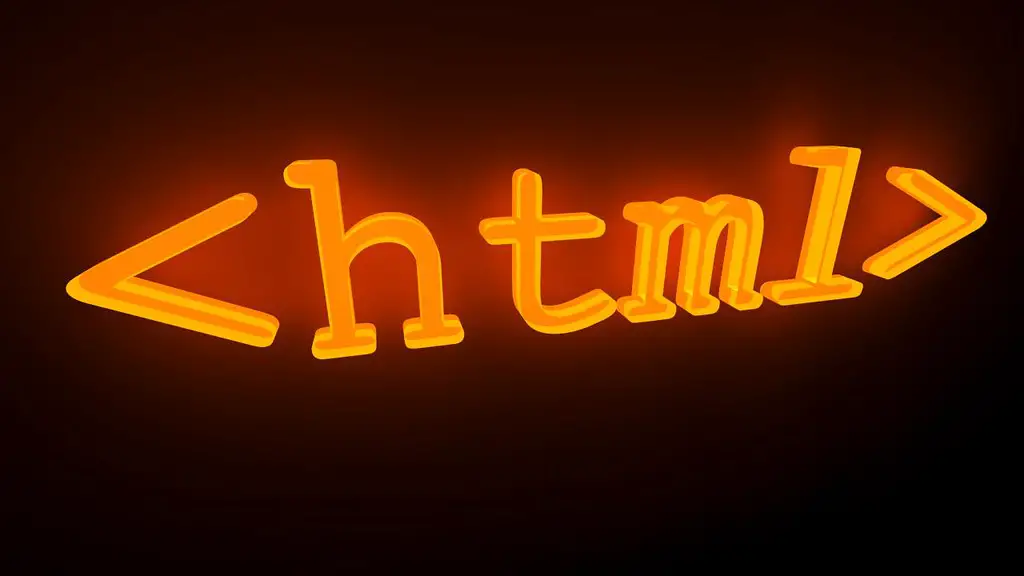How to Create a Basic Text Box in HTML
To create a basic text box in HTML, use the “Textarea” tag. For example:
<textarea></textarea>
This will create an empty text box. To add attributes such as size, name, and placeholder text, use additional attributes within the tag. For example:
<textarea name="address" placeholder="address" cols="10" rows="3"></textarea>
Understanding the Different Types of Text Boxes in HTML
HTML text boxes are a type of input element used to collect data from users. They come in several different types, each with its own unique characteristics and uses.
The most basic type of text box is the single-line text box, which allows users to enter a single line of text. This type of text box is often used for collecting short pieces of information such as names, email addresses, or phone numbers.
Multi-line text boxes allow users to enter multiple lines of information into a single field. These are commonly used for collecting longer pieces of information such as comments or descriptions. Multi-line boxes can also be set up to limit the number of characters that can be entered into them, making them useful for collecting brief responses from users without having them write too much.
Password fields are another type of HTML text box that allow users to enter passwords securely without displaying the characters they have typed in plain view on the screen. These fields usually display asterisks (*) instead so that other people cannot see what has been entered into them when looking over someone’s shoulder while they are typing their password in public places like internet cafes or libraries.
Finally, there are hidden fields which do not appear on the page at all but still store data sent by the user when submitting forms online. Hidden fields can be used to store additional information about a user such as their IP Address or browser version which may not be visible on the page itself but still needs to be collected and stored by web developers for various purposes including security and analytics tracking purposes.
Tips for Styling Your Text Boxes with CSS
1. Set a Background Color: To make your text boxes stand out, you can set a background color for them. This can be done by using the background-color property in CSS.
2. Add Borders: You can add borders to your text boxes by using the border property in CSS. This will give them a more defined look and help them stand out from other elements on the page.
3. Change Text Color: You can change the color of the text inside your text boxes by using the color property in CSS. This will help make sure that your text is easy to read and stands out from other elements on the page.
4. Adjust Padding and Margins: You can adjust padding and margins around your text boxes to give them more space or make them fit better with other elements on the page by using padding and margin properties in CSS respectively.
5. Use Shadows: Adding shadows to your text boxes will give them a 3D effect that makes them stand out even more from other elements on the page, which you can do with box-shadow property in CSS .
How to Add Placeholder Text to Your HTML Text Boxes
Adding placeholder text to HTML text boxes is a simple process. To do so, you must use the placeholder attribute within the tag. The placeholder attribute takes a string value that will be displayed in the text box when it is empty.
For example, if you wanted to add a placeholder of “Enter your name” to an input field for a user’s name, you would use the following code:
<input type"text" name="name" placeholder="Enter your name" />
The above code will create an input field with “Enter your name” as its placeholder until the user enters their own value into it.
You can also add styling to your placeholders using CSS. For example, if you wanted to make all of your placeholders bold and red, you could use this code:
input::placeholder { font-weight: bold; color: red; }
This will apply bold and red styling to all of the placeholders in any tags on your page.


